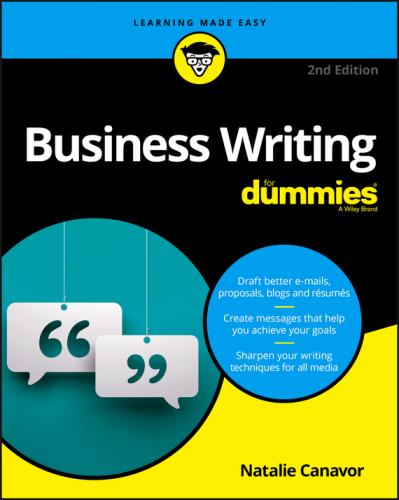Putting Good Writing to Work for You
Can you imagine building relationships without language? Today we initiate most relationships – especially in business – through the written word. In-person contact may follow, or it may not. When the first contact is successful, we continue to rely on writing to build the connection and collaborate.
From everyday email to reports, letters, and digital platforms, today’s working world runs on writing. Therefore, the rewards of good writing have never been more extraordinary. The Internet enables us to reach beyond our personal geographic and social reach to almost anyone we want to sell to, collaborate with, or learn from. Almost anyone with time and dedication can start a business and sell a product or service, post her artwork, publish a book, or establish his authority as an expert on a subject.
There’s just one catch. Because anyone can do this, unless you are a narrow specialist, the competition is overwhelming.
Consider these statistics:
❯❯ 112.5 billion business email messages are sent daily. (That’s 122 messages per user!)
❯❯ There are 130 million active Twitter users, and 303 million tweets per day are sent.
❯❯ The Internet holds 1 billion websites.
❯❯ There are 300 million blogs.
Of course, you’re not competing with all of these email messages, tweets, websites, and blogs, or reading more than an infinitesimal fraction of them yourself in each medium. But people today – just like you – are extremely selective about what they choose to read because so many options vie for their attention.
What is strategic writing? Planned communication that achieves a set of goals – your goals, and often the goals of your employer and clients. The good news is that you already have a solid base for knowing how to write strategically. You’re in command of the three imperatives:
❯❯ Your subject: You are invested in your field and possess in-depth knowledge of it.
❯❯ Your audience: You know who your audience is, such as prospective employers, coworkers, and target markets for your business.
❯❯ Your goal: You know what you want, now and in the bigger-picture future.
Here are some of the things you may not know yet:
❯❯ How to choose the right communication tool for the job
❯❯ How to capture and retain reader attention
❯❯ How to make people care about your message
❯❯ How to select the right content to make your case
❯❯ How to use writing techniques that make your material persuasive and convincing
❯❯ How to use every single thing you write to build relationships and advance your cause
❯❯ How to understand other people’s perspective and predict their responses
❯❯ How to sharpen your ear and eye so you can spot your own writing problems and fix them
I show you how to do all these things in this book.
Let’s start with a planning structure that will help you figure out what you want to say and how to say it. You may be surprised at how much better your messages are received, and how much more often you get a positive response, once you start applying it.
Planning and Structuring Every Message
Faced with a blank page and something to accomplish, many people freeze at the first question: Where do I start? The answer? Start with the three components of strategic writing. You already know them:
❯❯ Your subject: What you’re writing about
❯❯ Your audience: Whom you’re writing to
❯❯ Your goal: What you specifically want to accomplish
To create a good message and get the result you want from your reader, you need to think about all of these things more systematically than you ordinarily might.
For example, suppose you want to ask your supervisor for a plum assignment you see on the horizon. You can simply write:
Jane, I’d like to present myself as a candidate for the lead role on the Crystal Project. You know my work and qualifications. I’ll really appreciate the opportunity, and I’ll do a great job. Thanks, Jake
This is maybe okay insofar as it’s clear and contains no obvious errors. But it’s definitely not compelling. All Jane learns from the message is that Jake wants the opportunity and thinks he’s qualified.
Jake would fare better if he first looked at his own goals more in depth. Perhaps he wants a chance to:
Exercise more responsibility
Show off his capabilities and be noticed
Expand his know-how in regard to the project’s subject
Add a management credential to his résumé
But he also has the longer term to consider. Jake almost certainly will find it useful to:
Strengthen his position for future special assignments
Remind his boss of his good track record
Build his image as a capable, reliable, resourceful leader
Build toward a promotion or higher-level job in his current organization or elsewhere
From this vantage point, Jake can see the pitch itself as a building block for his overall career ambitions, which calls for a better message than the perfunctory one he dashed off. He must think through the actual assignment demands and how his skills match up. Then there’s Jane – his audience – to consider. What qualifications does she, the decision-maker, most value? What does she care about?
After some thought, Jake may come up with a list like this:
Job
